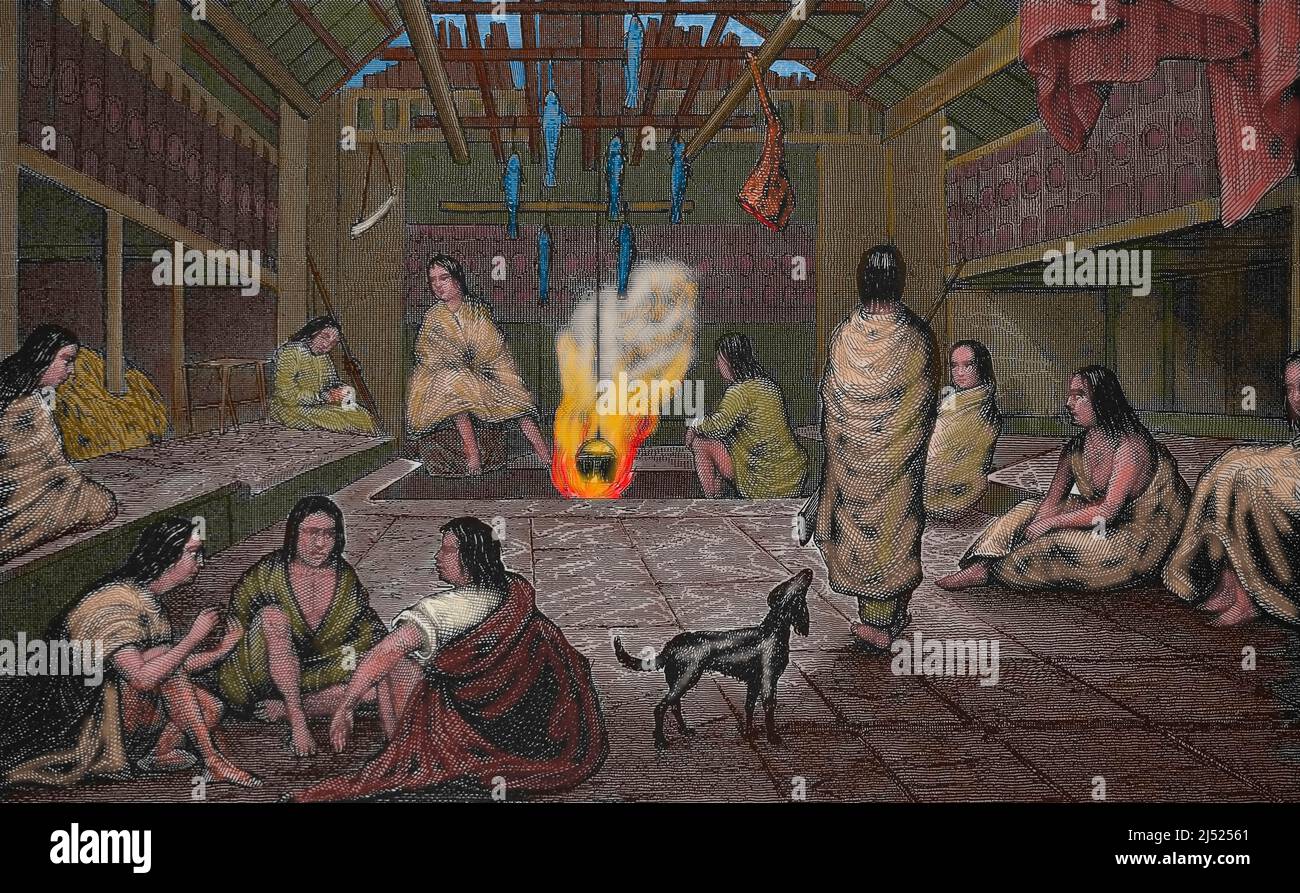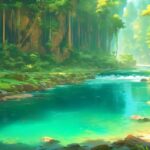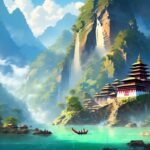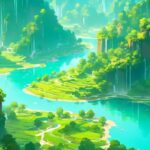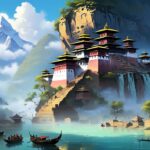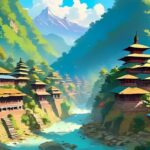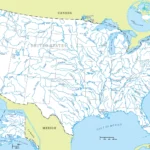The New York Times crossword puzzle has sparked renewed interest in the diverse Indigenous cultures of the Pacific Northwest, prompting a deeper exploration beyond simple clues like “Indigenous people of the Pacific Northwest” (July 2024) and answers like “NEZPERCE.” This article delves into the rich tapestry of these cultures, acknowledging their unique histories, traditions, and contemporary challenges.
A Mosaic of Cultures: The Indigenous Peoples of the Pacific Northwest
The Pacific Northwest, a land of towering forests, dramatic coastlines, and rushing rivers, is home to a remarkable array of Indigenous peoples. From the Chinook and Coast Salish along the shores to the Nez Perce of the inland plateau and the Makah and Lummi who have thrived on the ocean’s bounty, each tribe possesses a unique identity. This diversity is reflected in their languages, spiritual beliefs, artistic traditions, and ways of interacting with the environment. Imagine the richness of storytelling passed down through generations, the intricate carvings adorning totem poles, and the vibrant ceremonies celebrating the changing seasons – these are just glimpses into the cultural mosaic of the Pacific Northwest’s Indigenous communities. Learn more about the vibrant and intricate world of kente cloth patterns as another example of rich cultural expression.
Navigating the Past: Historical and Contemporary Challenges
The arrival of European settlers dramatically altered the lives of Indigenous peoples in the Pacific Northwest. Colonization brought conflict, disease, and the loss of ancestral lands. Forced assimilation, often through residential schools, aimed to erase Indigenous languages and cultural practices. Despite these historical traumas, Native communities have shown incredible resilience. They are actively working to revitalize their languages, preserve their cultural heritage, and advocate for their rights—from reclaiming traditional fishing grounds to establishing cultural centers and museums.
Contemporary issues such as access to healthcare, education, and economic opportunities are at the forefront of many tribal communities’ concerns. They are also on the front lines of the fight against climate change, working to protect their ancestral lands and resources from its devastating impacts. Climate change disproportionately impacts these communities, threatening ancestral lands and cultural heritage.
Beyond the Clue: Understanding Complexity
While a crossword puzzle can spark curiosity, it can also unintentionally oversimplify complex realities. The NYT crossword clue, while raising awareness, can flatten the multifaceted nature of Indigenous identity and cultural diversity. It’s our responsibility to seek further information and engage with these cultures respectfully.
Three Influential Nations: Coast Salish, Chinookan, and Plateau
While acknowledging the vast diversity of Indigenous groups in the Pacific Northwest, three frequently cited examples offering a glimpse into the region’s cultural richness are the Coast Salish, Chinookan, and Plateau peoples.
The Coast Salish, a collection of communities along the coastline of Washington, Oregon, and British Columbia, were renowned for their artistry in weaving, woodworking, and canoe building. Their intricate baskets and blankets told stories, and their totem poles served as family crests and historical records. Their society, built around kinship and hereditary leadership, held a deep respect for the natural world, particularly the salmon that sustained them.
The Chinookan peoples, who lived along the lower Columbia River and nearby coastal areas, were masters of trade. Their role as communicators is reflected in the Chinook Jargon, a trade language that combined elements from various Indigenous languages and European vocabulary.
Further east, the Plateau peoples developed a culture centered around horsemanship, hunting, fishing, and gathering. Horses revolutionized their way of life, while storytelling and artistic expressions like beadwork and basketry reflected their close relationship with the land.
It’s crucial to remember that our understanding of these cultures continues to evolve thanks to archaeological findings and ongoing research. While these three groups provide a starting point, they represent only a fraction of the diverse Indigenous communities of the Pacific Northwest. Deeper exploration reveals an even richer appreciation for the region’s vibrant cultures.
A Vast Oceanic Tapestry: The Indigenous Peoples of the Pacific Islands
Shifting our focus westward, the Pacific Islands, a vast expanse dotted with islands, are home to a remarkable diversity of indigenous cultures. From the Māori of New Zealand to the Kanak people of New Caledonia and the Chamorro people of Guam, each culture holds a unique story. These cultures are bound by a shared heritage rooted in a deep connection to the ocean—a source of life, a highway connecting islands, and a central figure in their mythology and traditions.
This connection is evident in their traditional navigation techniques. Long before modern technology, Pacific Islanders were master navigators, using the stars, currents, and even the flight of birds to find their way across vast stretches of open ocean. Their traditional fishing practices, developed over centuries, demonstrate a deep understanding of the marine ecosystem and its sustainability.
The history of the Pacific Islanders also includes adversity, from the impacts of colonization and introduced diseases to the ongoing struggles against climate change, rising sea levels, and economic inequality. Yet, they have shown remarkable resilience, fighting to preserve their cultural heritage and advocate for self-determination.
The table below summarizes some of the challenges and responses of Pacific Islanders:
| Challenge | Impact | Response |
|---|---|---|
| Colonization | Cultural disruption, loss of land and resources | Revitalization of traditions, land rights movements |
| Introduced Diseases | Population decline, social disruption | Healthcare initiatives, cultural preservation |
| Climate Change | Rising sea levels, extreme weather events | Advocacy for climate action, adaptation strategies |
| Economic Inequality | Limited opportunities, social disparities | Sustainable development initiatives, community empowerment |
Who are the indigenous people of the Pacific Islands? They are navigators, storytellers, innovators, and guardians of a rich cultural heritage. Their story is ongoing, and as research continues, our understanding of their history and traditions will likely deepen. Their contributions to global culture and their role in protecting the environment deserve recognition and respect.
Resources and Further Learning
- American Museum of Natural History’s Northwest Coast Hall: (Add link when available)
- Local Tribal Museums and Cultural Centers: (Add specific links based on region)
- Organizations supporting Indigenous communities: (Add specific links)
By exploring beyond simple crossword clues, we can gain a deeper understanding and appreciation for the Indigenous peoples of both the Pacific Northwest and the Pacific Islands. Their histories, cultures, and ongoing struggles deserve our attention and respect. From intricate totem poles to sophisticated fishing techniques, the ingenuity and resilience of Pacific Northwest Indigenous peoples shine through. Museums are working to decolonize their collections, centering Indigenous voices and perspectives. It is crucial to avoid generalizations and instead appreciate the distinct identities of each tribe.
- Discover Long Black Pepper: Flavor & Health Benefits - April 25, 2025
- Shocking Twists: The Grownup Review: Unreliable Narration - April 25, 2025
- A Quiet Place Book vs Movie: A Deep Dive - April 25, 2025
